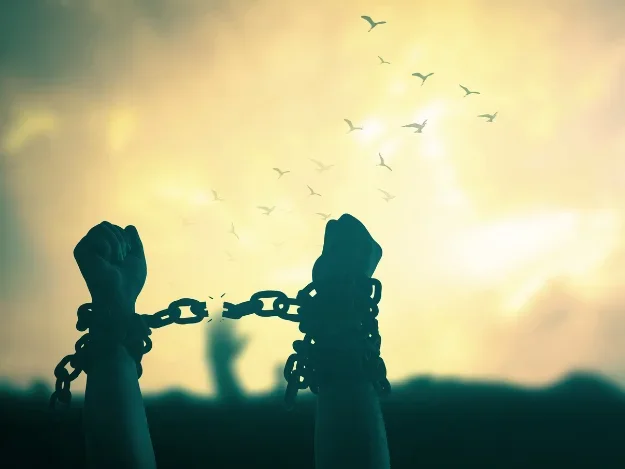
Civil Disobedience and the Abolitionist Movement
The fight to end slavery in the United States wasn’t just about laws—it was about people. Millions of African-Americans lived in unimaginable conditions, forced into labour and denied even the most basic human rights. However, they weren’t alone in the fight for freedom. Brave abolitionists, both Black and white, risked everything to challenge this injustice. Some, like Frederic Douglas, used the power of words to change minds. Others, like Harriet Tubman, took action, leading enslaved people to freedom through the Underground Railroad. They defied unfair laws, refused to stay silent, and proved that civil disobedience could shake the foundations of an entire system. Their efforts helped bring about the end of slavery, but the struggle for true equality didn’t stop there. This article looks at the injustice of slavery, the people who stood against it, and how their fights still impact our world today.
The injustice of slavery in the United States was rooted in a system that treated people as property. Enslaved African Americans were denied freedom, education, and dignity, all while being forced to work under brutal conditions. This wasn’t just a Southern issue—it was protected by national laws like the Fugitive Slave Act, which required that even in free states, escaped enslaved people had to be returned. For many, this legal system made justice seem impossible. Black Americans had no voice in politics, no protection in court, and no control over their own lives. Abolitionists saw this for what it was: a moral crisis that demanded action.
Many of these activists turned to civil disobedience, refusing to obey unjust laws in peaceful but powerful ways. Frederick Douglass, once enslaved himself, became a famous writer and speaker, sharing his story to expose the cruelty of slavery. Harriet Tubman, also formerly enslaved, risked her life repeatedly to help others escape through the Underground Railroad. William Lloyd Garrison used his newspaper The Liberator to call for immediate emancipation. These individuals, along with countless unnamed allies, defied the law because they believed that justice mattered more. Their actions worked not only because they drew attention, but because they touched people’s consciences and forced the country to confront its values.
Their efforts helped bring real change—the 13th Amendment officially ended slavery in 1865. But not everything changed. Racism didn’t disappear, and many of the goals abolitionists fought for, like true equality, would take another century and beyond to even begin to realize. Still, their courage laid the foundation for future movements, providing that civil disobedience can be a powerful tool when laws fail to protect what’s right.
The abolitionist movement showed that ordinary people, through courage and civil disobedience, could challenge even the most powerful and unjust systems. Activists like Frederick Douglass, Harriet Tubman, and William Lloyd Garrison refused to accept slavery as normal, and their actions proved that resistance could lead to real change. While the end of slavery through the 13th Amendment marked a major victory, the fight for equality was far from over. Racism and injustice continued in new forms, but the abolitionists left behind a powerful legacy—a reminder that standing up for what’s right, even when it’s hard, can help shape a better future.